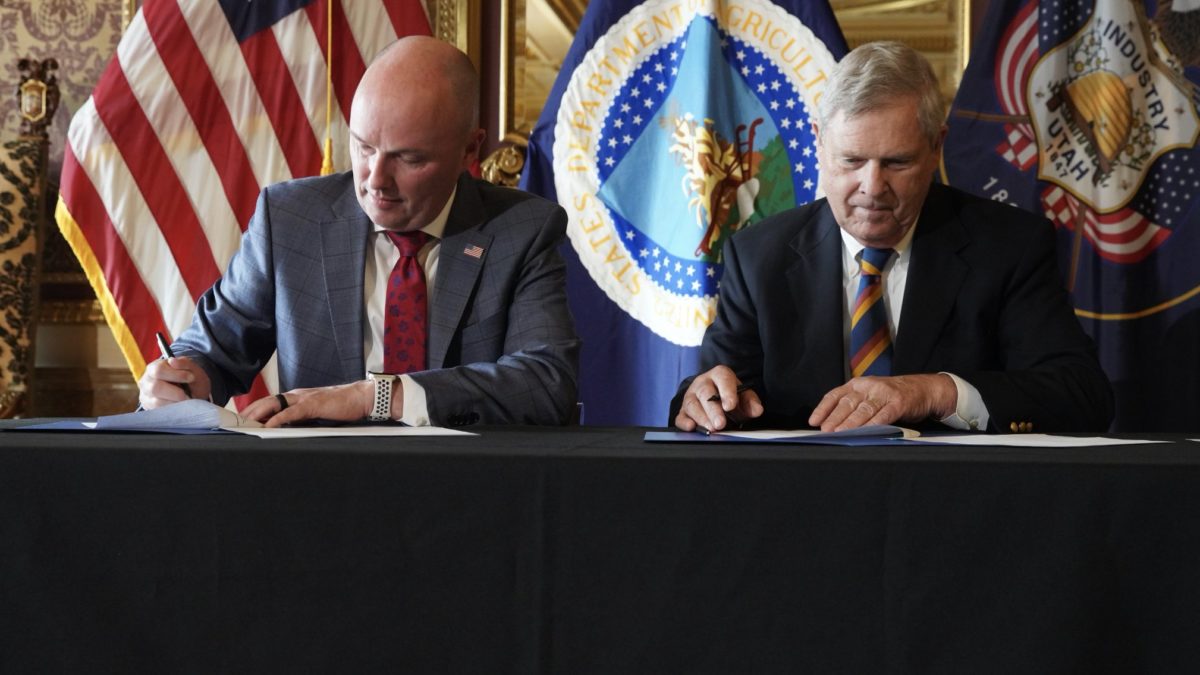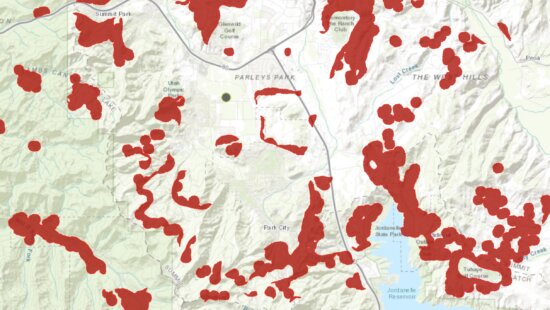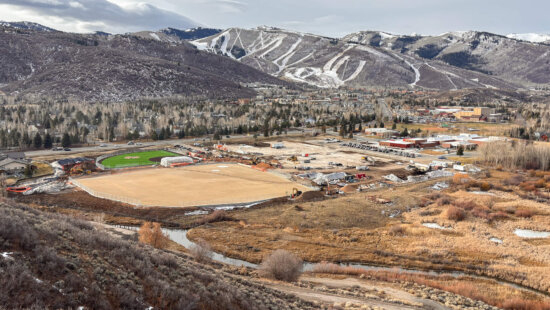Politics
Secretary of Agriculture visits Utah to reaffirm wildfire shared stewardship agreement

Gov. Spencer Cox and Secretary of Agriculture Tom Vilsack on Thursday. Photo: Utah Gov. Spencer Cox
SALT LAKE CITY — On Thursday Utah Gov. Spencer Cox and U.S. Secretary of Agriculture Tom Vilsack signed a renewed shared stewardship agreement that reaffirms a mutual commitment to build relationships and coalitions needed to confront the wildfire crisis throughout the state of Utah.
“Wildfire danger remains extremely high this year and by working together with our partners, we can substantially reduce the risks to lives and property as well as keep our forests healthy,” Gov. Cox said. “We’re grateful for the continued collaboration and we’re confident the effort is having an impact on preventing catastrophic wildfires.”
Since signing the original agreement in 2019, the state, Forest Service, and Natural Resources Conservation Service have substantially increased fuel reduction and forest health treatments in places where wildfire presents an immediate risk to communities and critical water resources.
“This new agreement strengthens the existing robust relationship between the state of Utah and the U.S. Department of Agriculture,” Secretary Vilsack said. “Under the initial Shared Stewardship agreement, a tremendous amount of work has already been accomplished. We look forward to continuing our efforts to protect at-risk communities and watersheds imperative to the people of Utah.”
Over four years, partners successfully treated more than 54,000 acres, funding 31 projects with more than $20 million in state, federal and partner funds.
“Shared Stewardship is about jointly identifying priorities and combining resources to achieve cross-boundary outcomes using every available authority and tool to improve forest health,” a press release states. “It encouraged the longstanding culture of cooperation between the state, Forest Service and NRCS and capitalized on the shared belief that no singular agency can address the threat of the wildfire crisis.
“The agreement provides a framework for cross boundary, landscape-scale management of forests throughout the state to protect communities and watersheds from the threat, and negative consequences, of large catastrophic wildfires.




















